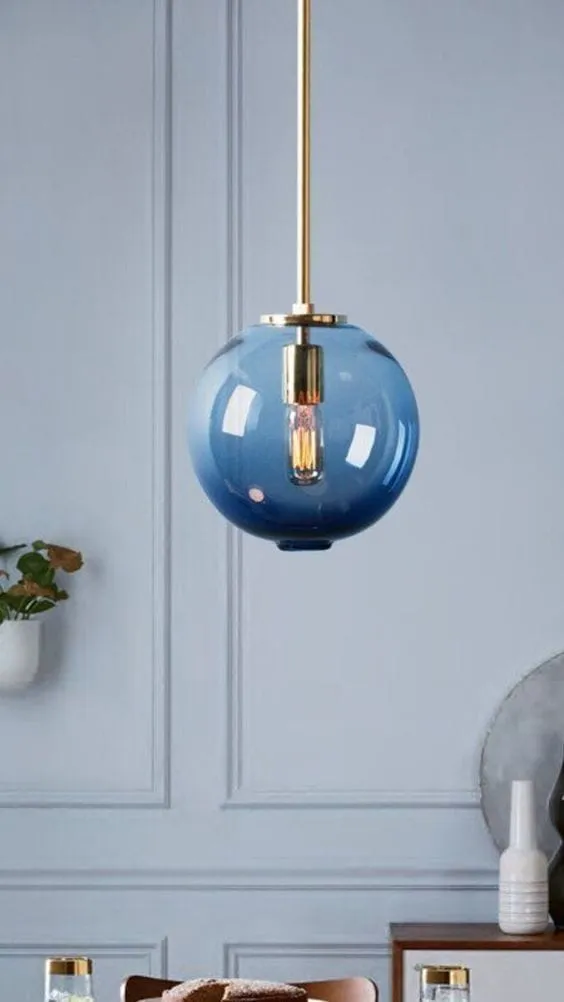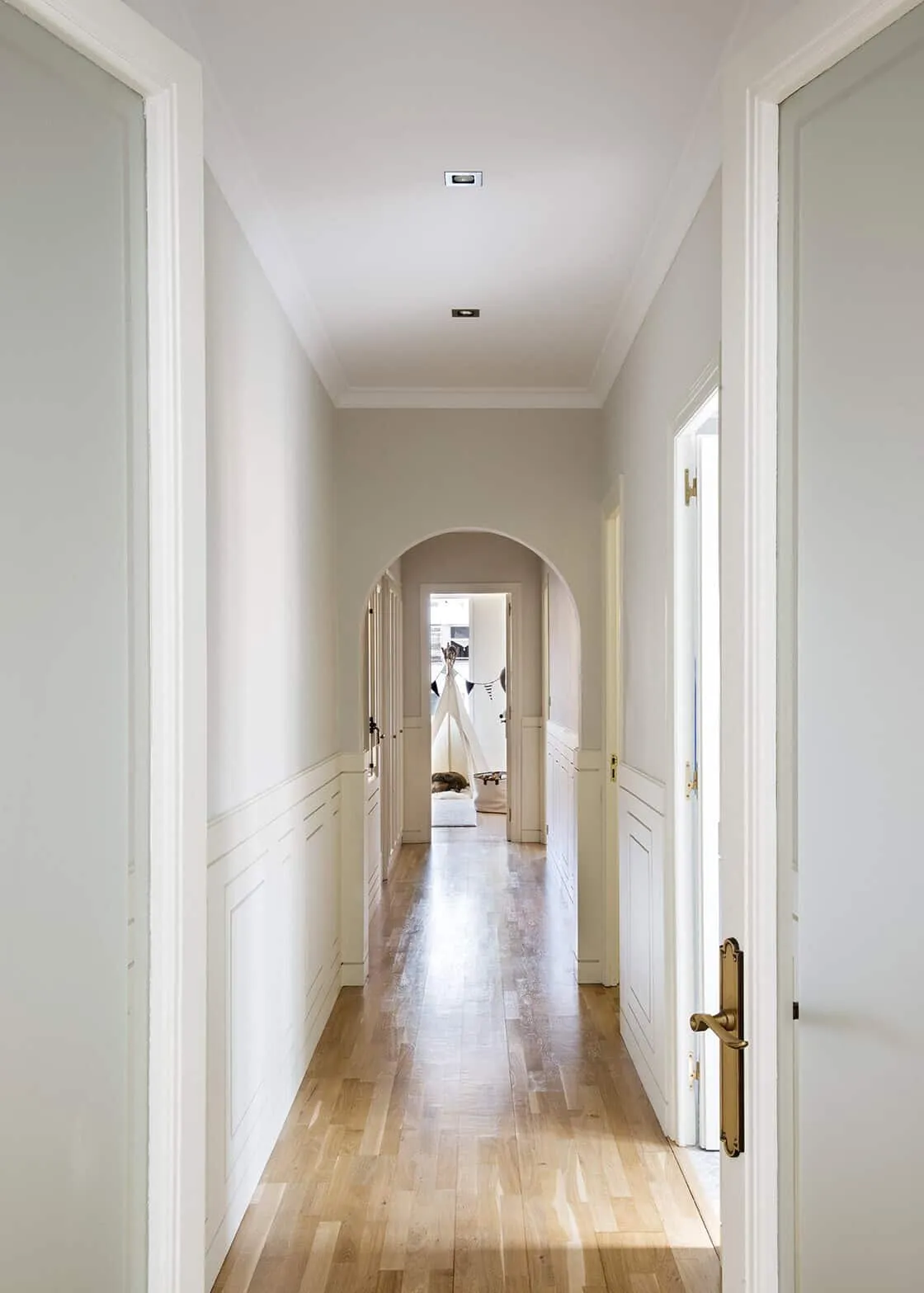There can be your advertisement
300x150
Maximizing Efficiency and Minimizing Risk: Benefits of Design-Build Contracts
Construction projects can be complex and labor-intensive, often involving multiple stakeholders at different stages. This complexity can lead to risks and inefficiencies with significant financial consequences. Therefore, many companies turn to design-build contracts to minimize these risks and maximize efficiency.
Design-build contracts represent a delivery system for construction projects where one contractor handles both the design and construction phases of a project. The advantage of this approach lies in optimizing communication and decision-making by reducing the number of stakeholders involved. Having a single team responsible for the project helps reduce delays, budget overruns, and construction disputes.

Maximizing efficiency and minimizing risk are critical for construction projects as they help ensure timely project completion within budget. For this reason, many industries, including healthcare, transportation, and commercial construction, choose design-build contracts as their preferred project delivery method. This approach can provide significant advantages such as improved collaboration, innovation, and flexibility when project requirements change.
In the following sections, we will examine design-build contracts in more detail, discuss successful project cases, and provide recommendations for selecting the right contractor.
Here are some reasons why design-build contracts are an excellent option for construction companies aiming to reduce risks and increase efficiency.
Benefits of Design-Build Contracts
One of the most significant advantages of design-build contracts is optimized communication and decision-making. The design-build approach allows for collaborative work from the start of the project, which can eliminate misunderstandings and disagreements that may arise when working with separate contractors. Having a single point of contact for the entire project simplifies communication and decision-making, reducing the risk of delays and budget overruns. Additionally, a design-build contractor can more proactively identify potential issues and resolve them before they become serious. This proactive approach helps maintain the project schedule and budget. Due to this optimization, design-build projects often feature higher levels of innovation and collaboration. The contractor can apply a more flexible and creative approach to problem-solving, leveraging opportunities for innovation while considering feedback from the entire project team. Ultimately, optimized communication and decision-making, reduced risk of delays and budget overruns, and opportunities for innovation and collaboration make design-build contracts an excellent choice for companies aiming to minimize risks and maximize efficiency in their construction projects.
Successful Design-Build Project Cases
There are numerous examples of successful projects demonstrating the effectiveness of design-build contracts across various industries. For example, in healthcare, design-build contractors were able to deliver modern facilities on time and within budget, such as the Panhandle Health Group project in Nebraska. In transportation, design-build enabled the construction of complex infrastructure like the San Francisco-Oakland Bay Bridge, completed on schedule despite challenging geological and seismic conditions. The commercial sector also benefited from design-build contracts, including projects like Cedars-Sinai Medical Center and 1 World Trade Center in New York. Several key factors contributed to the success of these projects, including strong teamwork and communication within the team, clearly defined scope of work, and proactive problem-solving. These cases illustrate that design-build contracts can provide significant advantages across different industries and project types, helping companies achieve their construction goals more efficiently and confidently.
Comparison with Other Contract Types
Design-build contracts are just one of several project delivery methods available in the construction industry. The traditional design-bid-build method is still widely used, where separate contractors are hired for the design and construction phases. While this approach has some advantages such as competitive bidding and clear division of responsibilities, it can also lead to a lack of collaboration between project participants as well as conflicts and legal disputes.
Construction management at-risk is another project delivery method where a construction manager is hired to oversee the project and provide pre-construction services before construction begins. This approach can offer a high level of control over the project since the construction manager acts as an agent for the owner and is responsible for project completion. However, construction management at-risk can be more costly and labor-intensive, and may not provide the same level of collaboration and innovation as design-build contracts.
In general, choosing between design-build contracts or another project delivery method depends on several factors such as the size, complexity, and budget of the project. It is important to carefully evaluate the pros and cons of each approach and work with experienced professionals to select the best option for your construction project.
Conclusion
Today's construction industry is characterized by fast-paced and high-risk projects that require risk minimization and efficiency maximization. Design-build contracts offer unique benefits including optimized communication and decision-making, reduced risk of delays and budget overruns, as well as opportunities for innovation and collaboration. This delivery method has already proven its effectiveness across various industries and project types, from healthcare and transportation to commercial construction. To meet time and budget goals, design-build contractors must adopt a proactive approach to risk management and problem-solving. Additionally, having a single point of contact for the entire project eliminates misunderstandings and disagreements that may arise when working with separate contractors. In conclusion, if you are planning a construction project, consider the benefits of design-build contracts. Working with an experienced design-build contractor will help you achieve your construction goals with greater efficiency, collaboration, and confidence. Feel free to explore this option for your future projects and experience the difference in practice.
More articles:
 Maia Quy Nhon Resort Welcomes Food Lovers
Maia Quy Nhon Resort Welcomes Food Lovers Main Advantages of Renting an Apartment with a Country Plot
Main Advantages of Renting an Apartment with a Country Plot Main Interior Trends Inspiring Us This Summer 2023
Main Interior Trends Inspiring Us This Summer 2023 Makai Villas by Studio Saxe in Nosara, Costa Rica
Makai Villas by Studio Saxe in Nosara, Costa Rica Make a Difference — Paint or Decorate Ceilings?
Make a Difference — Paint or Decorate Ceilings? Make Investment in Mountain Rental in 2022
Make Investment in Mountain Rental in 2022 Create a Bold Impression in Any Space with Accent Wall Decoration Ideas
Create a Bold Impression in Any Space with Accent Wall Decoration Ideas Use Loft Rooms in Your Attic with These Ideas
Use Loft Rooms in Your Attic with These Ideas